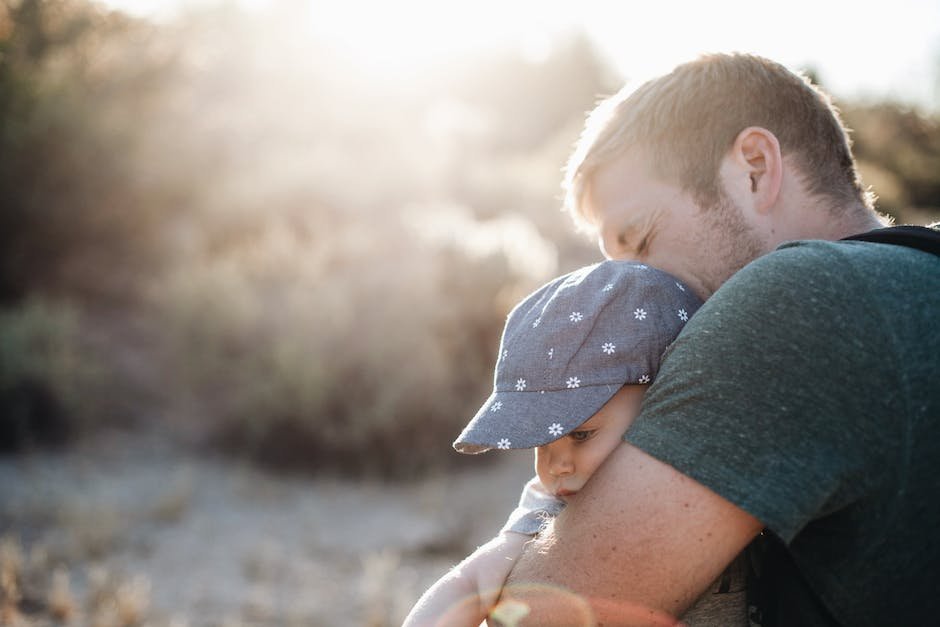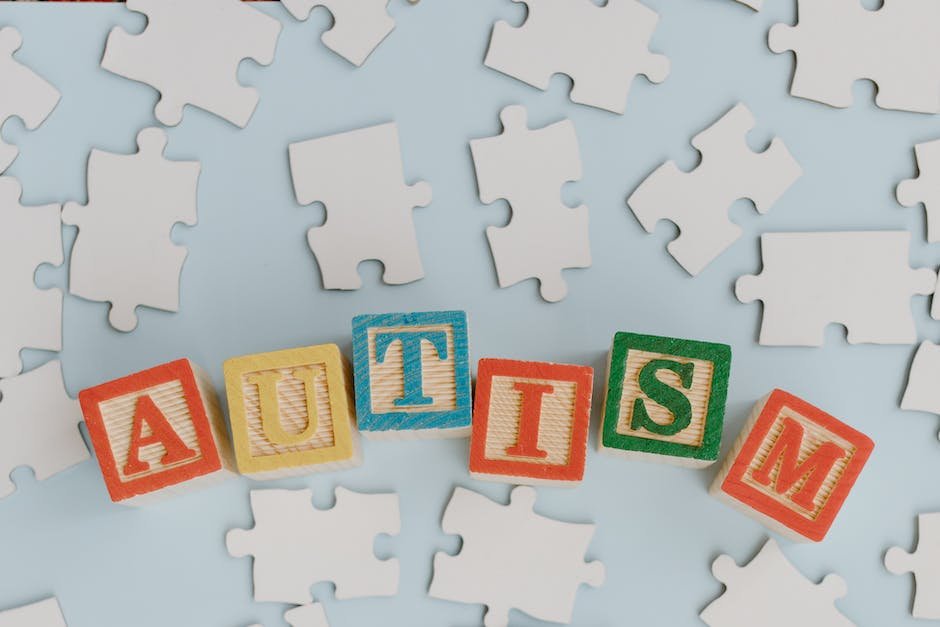
In today’s society, the unique challenges faced by individuals with autism and their caregivers are beginning to gain significant attention. One such challenge is the occurrence of ‘elopement’ – a term used to describe instances where an individual with autism wanders or runs away from a safe environment, often without notice. Beyond being a mere cause for parental worry, elopement holds serious implications for the safety of people with autism. This phenomenon is largely driven by the distinctive sensory and cognitive differences associated with autism. Knowledge about these differences can offer valuable insight into the triggers of elopement and create a framework for prevention and response strategies.
Understanding Autism Elopement
Unraveling the Mystery of Autism Elopement and its Causes
Every parent or caregiver knows that heart-stopping moment when a child goes missing, even for a few minutes. Now, let’s try to picture that on a routine basis, and we will begin to understand the unique challenges parents of children with autism face. Known as ‘Autism Elopement,’ this phenomenon puts these special kids at an amplified risk factor. Though it’s not often talked about in popular parenting circles, it’s nonetheless crucial to understand it while providing a safe and supportive environment for those with Autism Spectrum Disorder (ASD).
Autism Elopement, at its simplest, refers to the tendency of individuals with autism to wander, bolt, or elope from safe and supervised situations, often without any warning. The term ‘elopement’ is borrowed from the world of gerontology where it is used to describe the same tendency amongst individuals with Alzheimer’s disease or dementia. However, in the context of autism, elopement generally refers to wandering away from caregivers and leaving a safe and understood space.
Why Does Autism Elopement Happen?
It’s important to stress that not all children with autism will elope, but those who do may do so driven by a variety of reasons.
- Curiosity or attraction: This is a major factor that often triggers elopement. The individual might be drawn towards an object, place, or scene that stirs their interest. It could be as simple as a fascination with a small body of water or as enthralling as a musical concert.
- Overwhelm and escape: Many autistic individuals are hypersensitive to sensory stimuli. Loud noises, strong odors, or bright lights can easily overwhelm them, triggering a desire to escape the sensory onslaught. Elopement, in this case, can be a form of self-preservation.
- Seeking solace: These individuals often wander to find a quiet space where they can feel calm and be alone. This type of elopement is usually seeking solitude and relief from social or emotional stressors.
- Adventure seeking: For some, elopement boils down to their adventurous spirit. These individuals simply want to explore and experience new environments, and their curiosity can lead them away from safety.
How to Respond To and Manage Autism Elopement?
When it comes to managing autism elopement, the critical strategy is ‘Prevention.’ Monitoring devices, door alarms, and perimeter fencing can provide a preliminary layer of safety. Investing time in teaching essential safety skills, like road safety and identifying safe people, can also be beneficial.
Parents and caregivers must also find ways to satiate the curiosity within safe and controlled environments. From interactive indoor activities that can be a substitute for adventure-seeking behavior to sensory-friendly spaces for solitude and relief, the solutions we find need to be as unique as our kids.
Autism elopement can be challenging, and downright scary. However, understanding why it happens is the first step towards effective management. Let’s take a proactive stand, work towards helping autistic individuals, and make the world more accessible and understanding, one step at a time.

Proactive Measures for Autism Elopement
Proactive Measures For Preventing Elopement In Children With Autism
Raising a child with autism can present unique challenges and rewards; one of those challenges is the potential for elopement. Steps can be taken to keep children safe, and today we’re going to walk through some practical solutions to prevent autism elopement.
- Communication Skills Training
- Social Stories and Visual Schedules
- Sensory Tools and Techniques
- Behavioral Therapy
- Community Engagement
- Regular Exercise and Balance Activities
It’s essential to build strong communication skills in children with autism. Sometimes, these children elope because they struggle to express their needs or emotions effectively. To combat this, consider hiring a speech therapist or using practices such as PECS (Picture Exchange Communication System) or AAC (Augmentative Alternative Communication) systems. The goal is to help kids find effective ways to express their needs and reduce their frustrations, thus decreasing their urge to elope.
Children with autism often work best when they have structure and routine. Social stories and visual schedules can help accomplish precisely this. By explaining the events of the day in a clear, easy-to-understand format, children can anticipate what comes next. If children feel secure and understand their daily routine, they’re less likely to feel the need to wander away.
Many children with autism elope as a way to escape overwhelming sensory inputs. Look for patterns in the child’s sensory environment preceding elopement. Things to consider include noise level, lighting, temperature, or even the texture of clothes. Sensory tools and techniques, like weighted blankets or white noise machines, can help create a more comfortable environment, reducing the chance of elopement.
Working with a professional who specializes in Autism Spectrum Disorders can be extremely beneficial in managing elopement. Applied Behavior Analysis (ABA) therapy and Cognitive Behavior Therapy (CBT) are effective therapeutic approaches. They can help identify the triggers leading to elopement and teach new behaviors or coping strategies.
Inform neighbors, friends, and extended family members about your loved one’s propensity to elope. Provide them with basic guidance about what to do if they spot your child alone. Also, keep local law enforcement, schools, and care providers informed. This community network can act as additional eyes and ears, offering extra security and peace of mind.
Getting out jumpy energy and fulfilling the need for physical activity are great ways to reduce elopement. Organized sports, yoga classes for children, or plenty of time for free play can be beneficial.
Autism elopement may be daunting, but remember, there’s a whole community out here ready to lend a hand. With the right knowledge and tools, it’s possible to minimize the risk and keep your child safe. After all, every child deserves to feel secure, loved, and understood. Let’s continue to work together to create that world for our children with autism.

Creating a Response Plan for Autism Elopement
Every family with a child affected by autism understands the multitiered complexities that one accompanies autism elopement. It’s a heart-pounding experience that can leave a family feeling helpless and terrified. So, how can we develop the next level of our response plan to tackle autism elopement? The answer comes through communication skills, social narratives, sensory interventions, behavioral therapy, community engagement, exercise, and balance activities.
Building practical communication skills in children with autism is an essential part of the response plan for elopement. For instance, teaching children hand signals or simple sentences they can use when they feel the urge to escape can be a lifesaver. It’s not just about verbal communication. Non-verbal cues, sign language, or even picture exchange communication systems can be highly effective.
Diving next into the world of social stories and visual schedules, these are tools that can assist your child in better understanding the sequence of daily activities and what is expected of them. Visual schedules can offer predictability and routine, while social stories provide an understanding of why certain actions are required. Remember, visual aids play a significant role in learning for children with autism, and incorporating them into your strategies can make a world of difference.
Next, let’s discuss sensory interventions. Many children with autism are hypersensitive to their surroundings. Providing them with sensory tools like fidgets, pressure vests, or calming coloring activities can offer a soothing distraction, potentially preventing a desire to elope.
Behavioral therapy plays a crucial role in managing autism elopement. Cognitive-behavioral therapy (CBT), for example, helps children understand their feelings and equips them with the ability to control their actions more effectively.
From there, we traverse into community engagement. It’s a village that raises a child and involving your community – neighbors, school teachers, local law enforcement – can help make your environment safer for your child. Your neighborhood watch or school educator can provide an extra set of eyes, keeping your child from harm’s way.
Lastly, daily physical activities, yoga, or other balance exercises can help manage some of the restlessness your child might feel. Regular exercise helps to burn off excess energy and can potentially decrease the urge to elope.
In conclusion, it’s all about providing an integrated and well-rounded approach that caters to the unique needs of your loved one affected by autism. Remember, keeping our precious ones safe isn’t a solo performance, it takes a symphony of strategies and the whole community to make sweet music. Take heart, because every small step towards a better response plan is a leap towards a safer world for our children with autism.

It is undeniable that the safety of individuals with autism is a joint responsibility, one that involves caregivers, educators, community members, and even authorities. Implementing proactive measures can greatly reduce the occurrence of elopement incidents, but having a proper response strategy is as equally vital. The creation of a comprehensive response plan ensures a swift and effective resolution in case elopement does occur. Indeed, understanding and addressing autism elopement isn’t just about prevention, but also readiness and response. By working together, our efforts can provide a safe and secure environment for our loved ones with autism, where they can grow, learn, and live to their fullest potential.




